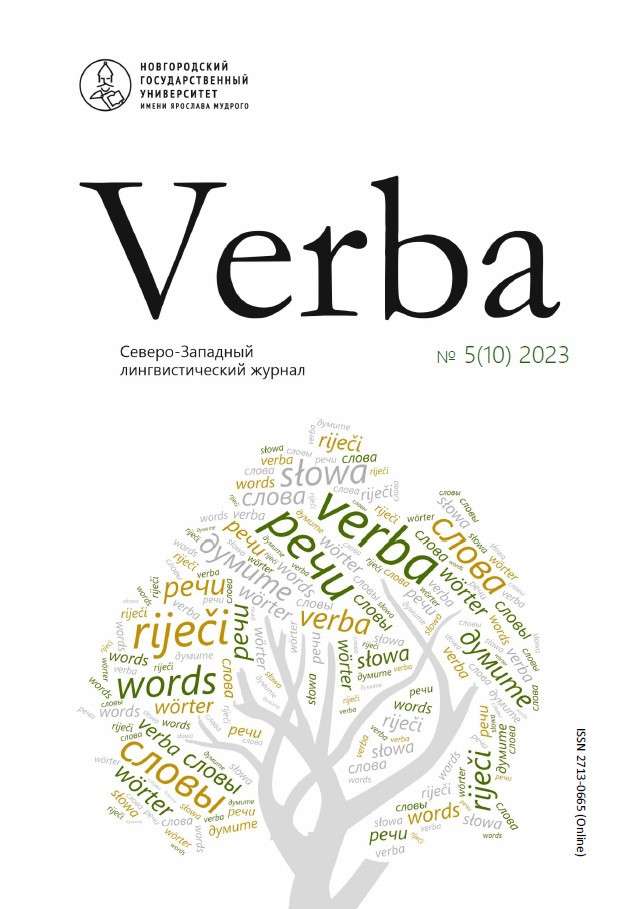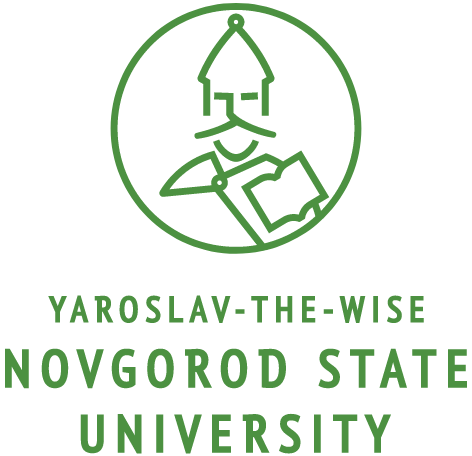Concept of style in light of different theoretical approaches
Keywords:
stylistic sign, stylistic system, style in speech activity, style conceptAbstract
Known since antiquity, the concept of style is widely used in various fields of human activity. Style is represented in language, in art, in sports, in fashion, etc. The article traces the history of the word style in the Russian language and discusses various approaches to style in linguistics and semiotics. The definition of style as a way of activity and as a set of features characterizing the result of activity requires reference to the structure of the stylistic system and styles of texts, to the distinction of denotation and connotation. In the final part of the article, the concept of style is discussed from the perspective of cognitive linguistics.
Downloads
Downloads
Published
How to Cite
Issue
Section
License
Copyright (c) 2024 Verba

This work is licensed under a Creative Commons Attribution-NonCommercial 4.0 International License.








